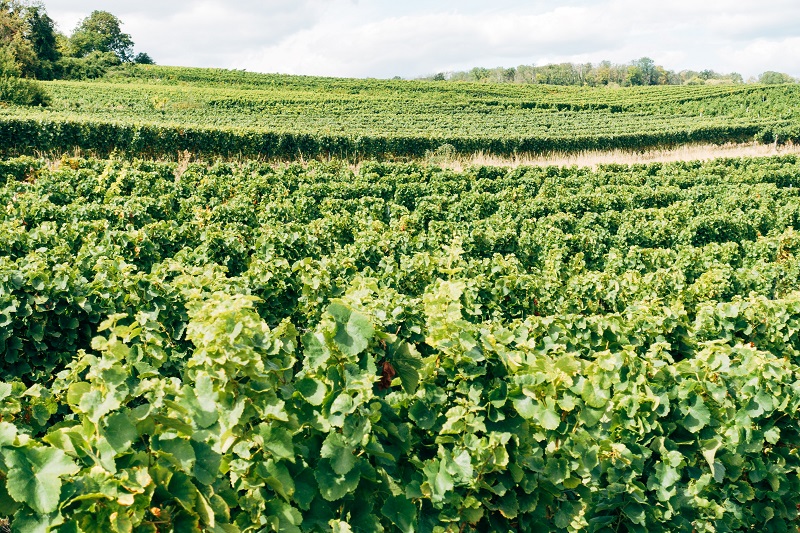Preseason Planning for Pest Management: Know the Importance of Soil Testing
To achieve successful pest management, it is essential to identify pests early, use preventive measures such as crop rotation and physical barriers, monitor for pests using traps or pheromone lures, and manage pests through biological, chemical, and physical soil testing.
By implementing preseason planning for pest management in agriculture, farmers can significantly reduce the risks associated with pests and protect their crops and land from damage.
Identifying Pests
One crucial aspect of preseason planning for pest management is identifying pests before the growing season begins. Visual inspection, trapping, and biological soil testing are all effective methods for identifying specific problems and potential disease concerns.
Biological soil testing is beneficial for detecting soil microorganisms, which are vital for soil and plant health. By analyzing the soil’s microorganisms, farmers can anticipate disease risks and prevent pest infestations. For example, if nematodes are present in the soil, farmers can use soil amendments such as organic matter or compost to reduce their populations. Additionally, beneficial insects such as ladybugs and praying mantises can help control specific pests.
Knowing the pests present in the soil can also inform crop selection. For example, if thrips are present in the soil, farmers can choose to grow plants that are less susceptible to thrip damage. Similarly, understanding the pests present can inform fertilizer selection. For example, if root-knot nematodes are present in the soil, a fertilizer low in nitrogen and high in phosphorus may help manage their population.
Early detection of pests is crucial for minimizing harm and crop loss. Farmers can make informed decisions about crop selection, fertilizer use, and pest management strategies by identifying pests and understanding the microorganisms present in the soil.
Preventing Pests
Improving soil health is an excellent method to lower disease risk and enhance pest management. Biological soil testing can be used to understand soil ecology better and assist farmers in selecting the most efficient pest-prevention techniques.
Farmers can take steps to improve the environment where helpful microorganisms can grow if a soil test reveals a low population of these bacteria. Adding organic matter, utilizing beneficial microorganisms, minimizing tillage, and other techniques may be used. Farmers can lower their risk of illness and infestation by increasing soil quality and growing a healthy, productive crop.
Monitoring Pests
Pest monitoring is an essential component of pest management. Farmers and advisors can discover problems early and take action before pests become established by periodically checking for and monitoring pest populations.
Farmers and advisors can safeguard their crops and land from pest damage and reduce pest risks by monitoring pests. Biological soil testing can help farmers forecast disease risks and take preventative measures. This involves keeping an eye out for problems linked to poor soil health, such as root rot, and taking action to restore soil health. Traps and pheromone lures can also identify and monitor pest populations.
Managing Pests
Pest management requires farmers and consultants to work together to avert issues and monitor them. Improving soil health is vital in pest control. Farmers can take action to enhance soil health if a soil test indicates a low population of helpful microorganisms. Among these procedures are the addition of organic matter, the use of beneficial microbes, and the reduction of tillage. Farmers can also use biological, chemical, and physical soil tests to manage pests. Implementing a thorough pest control approach may help farmers and advisors efficiently safeguard their crops and land from harm.










